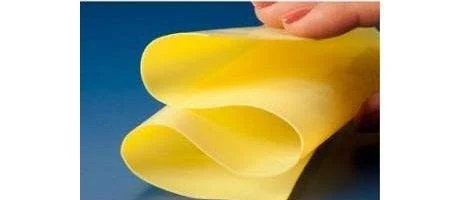A new aerogel could be used for insulated clothing, refrigerators with thinner walls and building insulation, thanks to a series of breakthroughs.

Traditional silica-based aerogels are brittle, and break and crumble easily. But according to Mary Ann Meador of the NASA Glenn Research Center, the new versions are up to 500 times stronger.
“A thick piece actually can support the weight of a car,” she says. “And they can be produced in a thin form, a film so flexible that a wide variety of commercial and industrial uses are possible.”
These include super-insulating clothing, tents and speeping bags that could keep people warm with less bulk than traditional thermal garments. Refrigerator and freezer walls could be made much thinner, increasing storage capacity.
Meador said that the aerogel is up to ten times more efficient than existing insulation. NASA’s interested in using it in an advanced re-entry system for spacecraft returning to Earth from the International Space Station, and perhaps other missions.
A heat shield made from flexible aerogel could inflate like a balloon when spacecraft enter the atmosphere.
The material also could be used to insulate spacesuits – though not firefighting outfits, which require protection beyond the 575 degrees Fahrenheit limits of the aerogel.
The team produced the stronger new aerogels in two ways.
One involved making changes in the innermost architecture of traditional silica aerogels by using a plastic-like polymer to reinforce the networks of silica that extend throughout an aerogel’s structure.
The other involved making aerogels from polyimide, an incredibly strong and heat-resistant polymer, and then inserting brace-like cross-links to add further strength to the structure.






